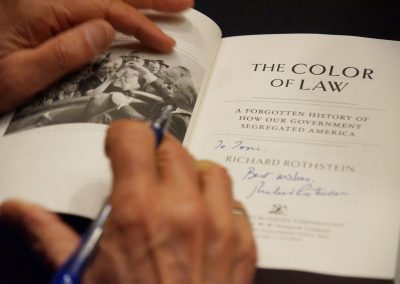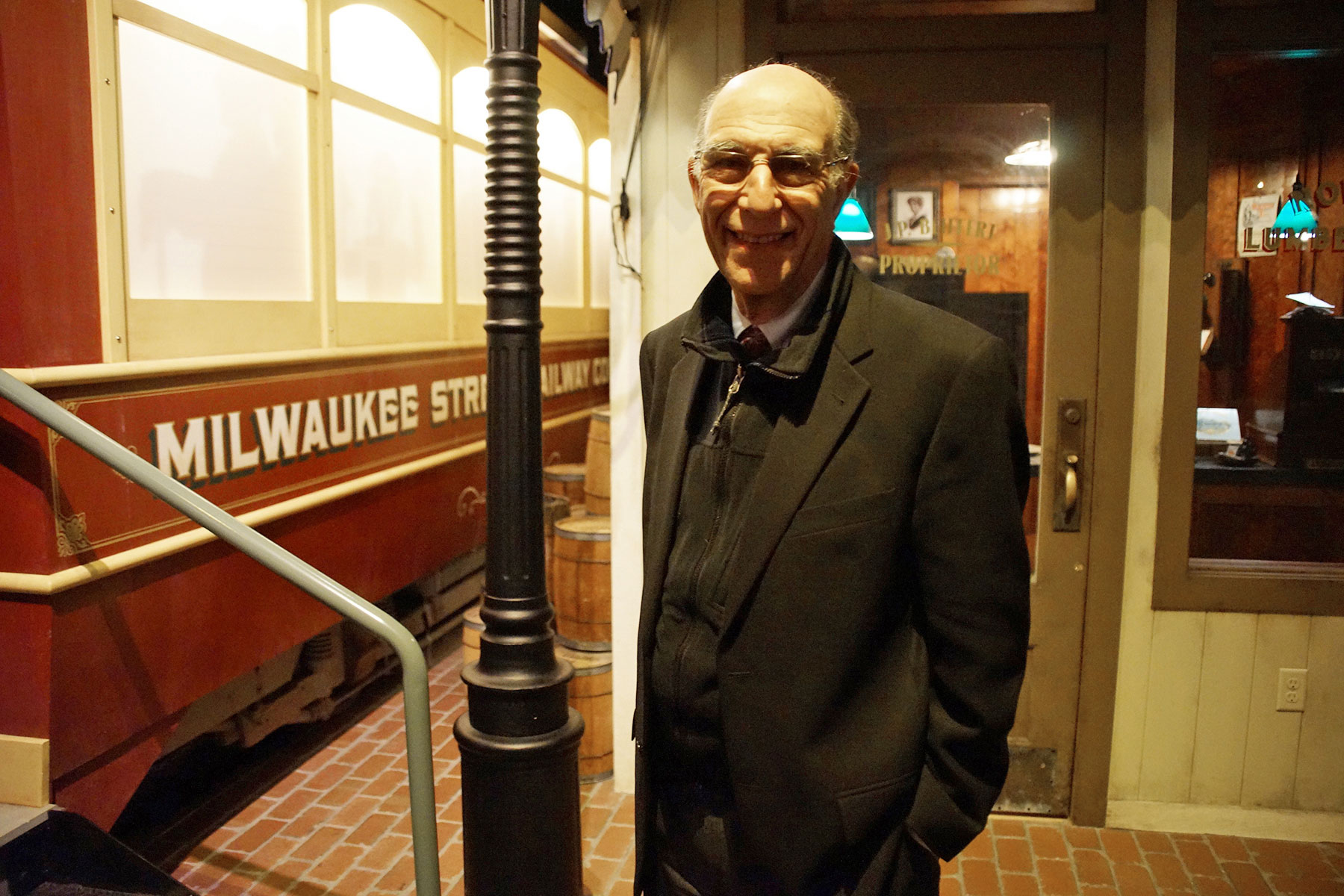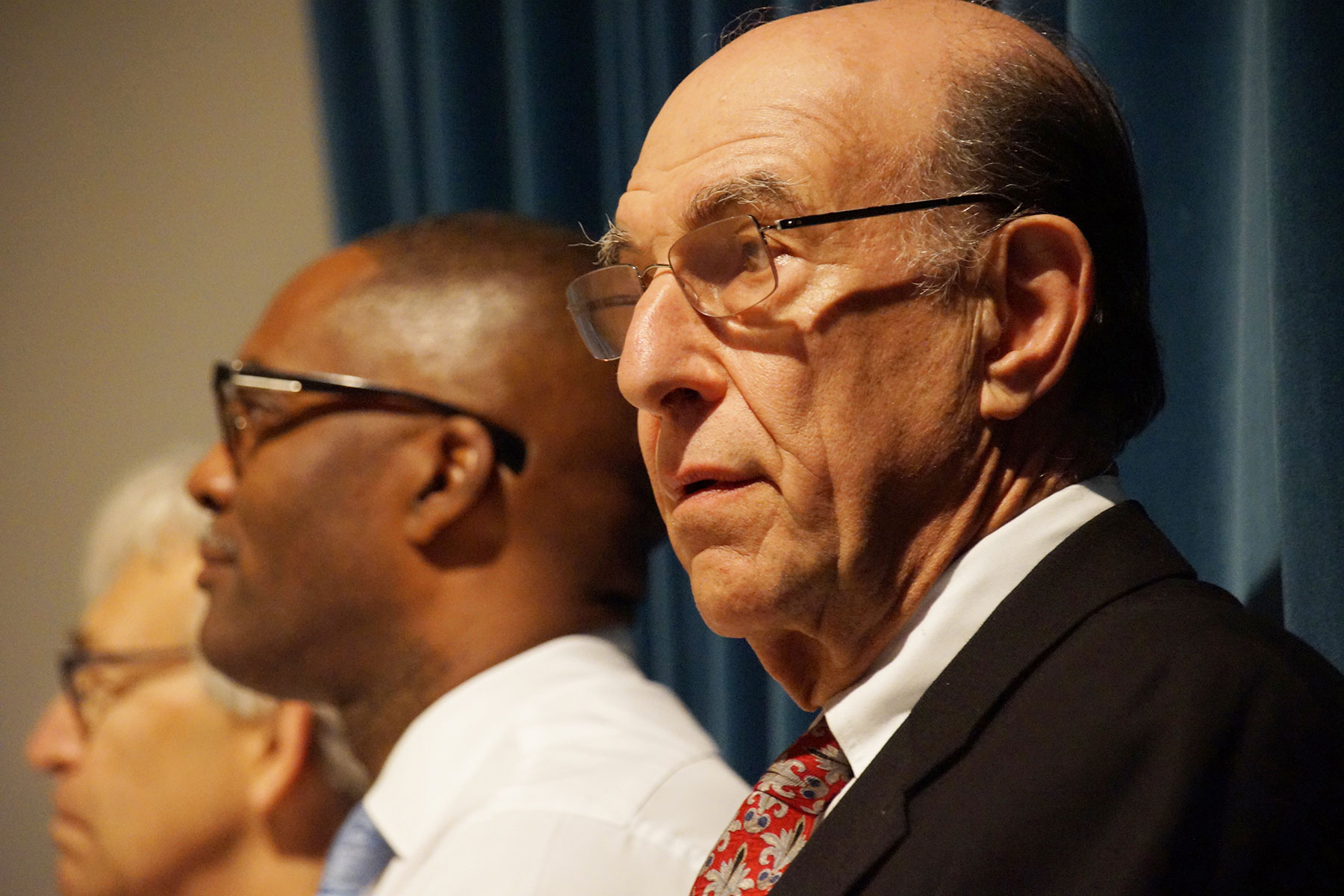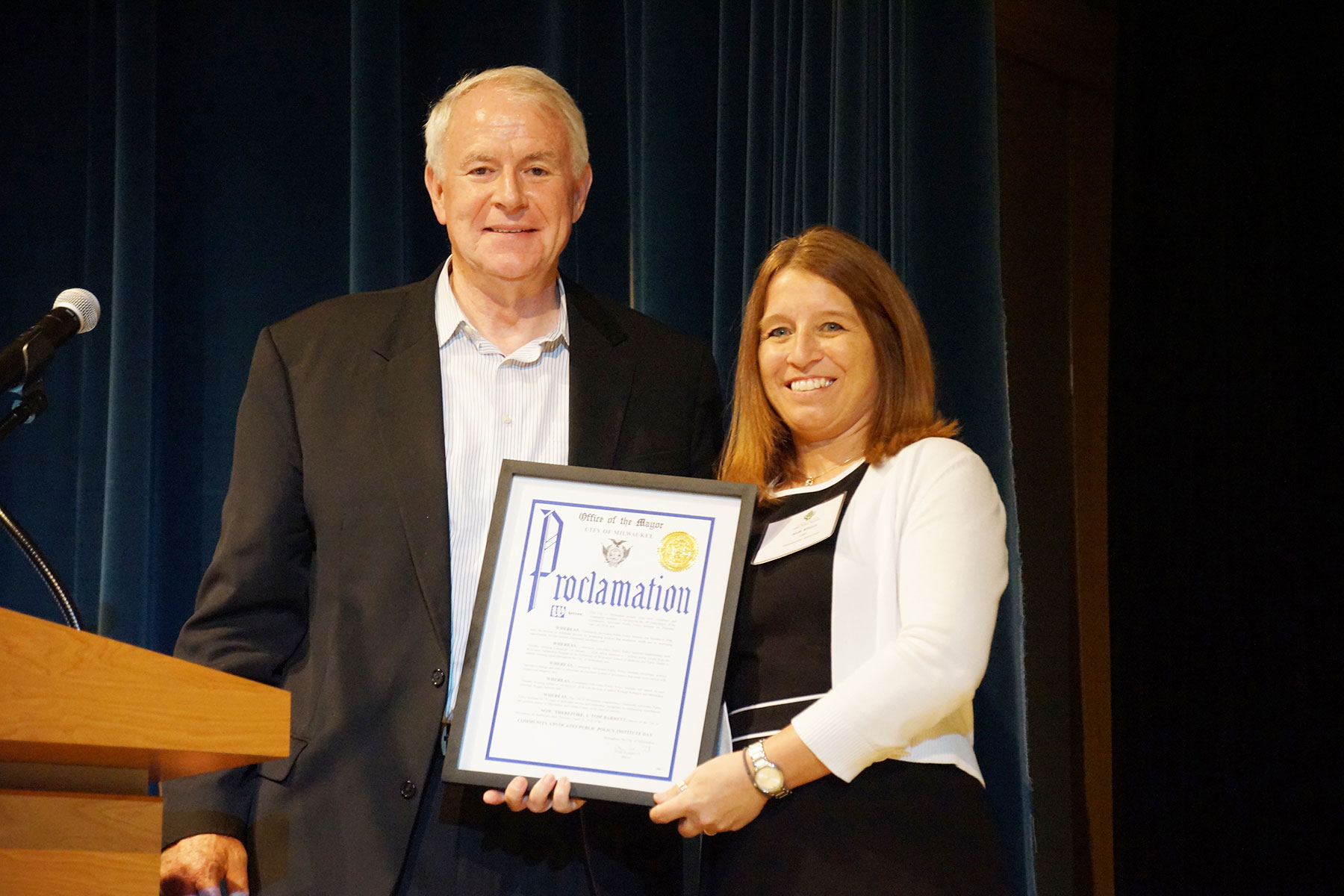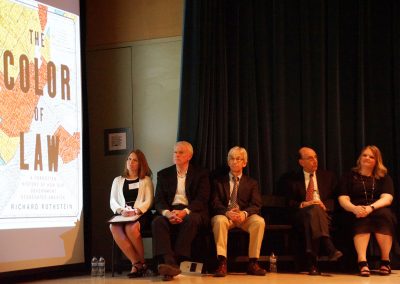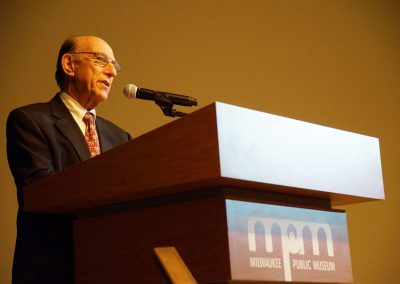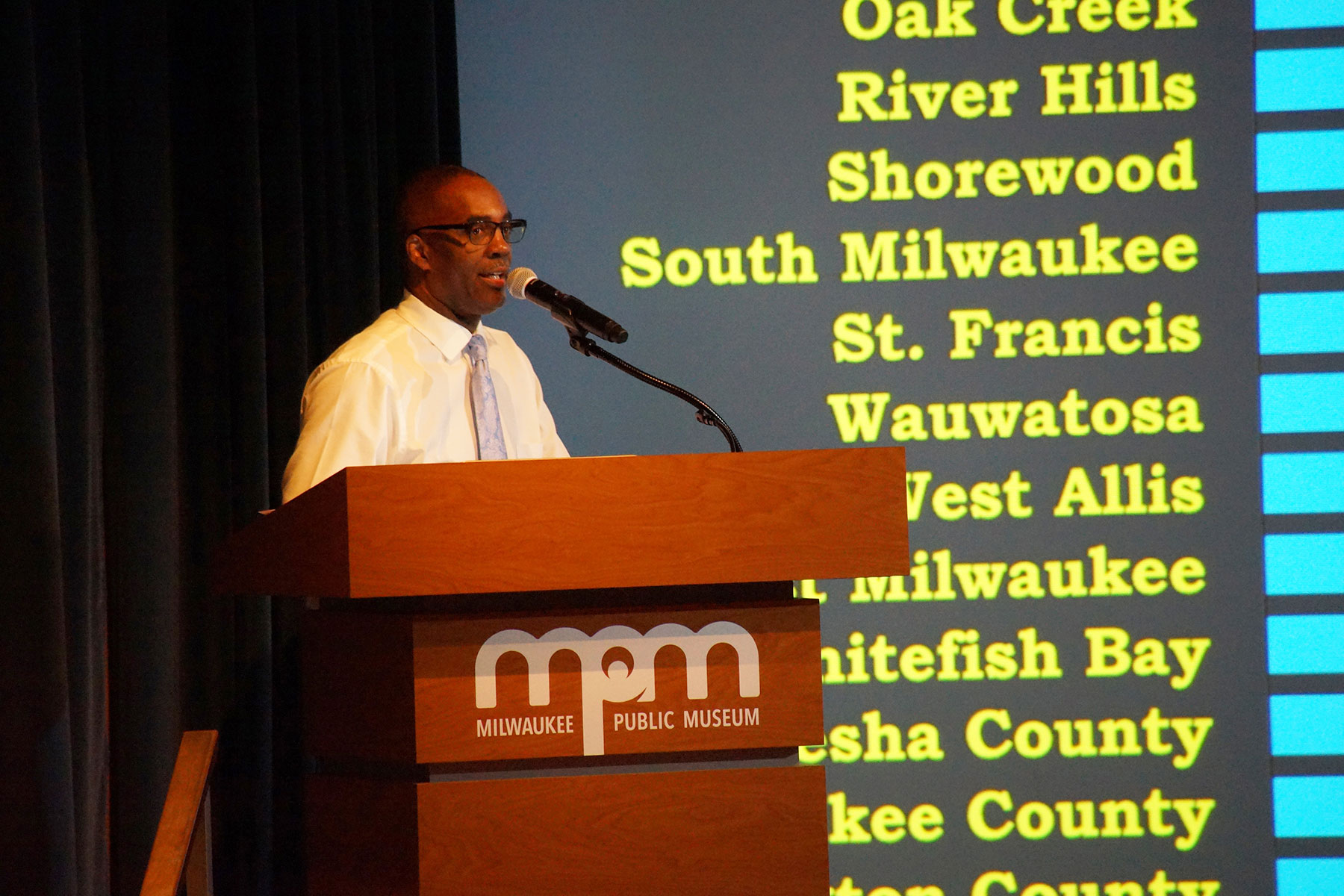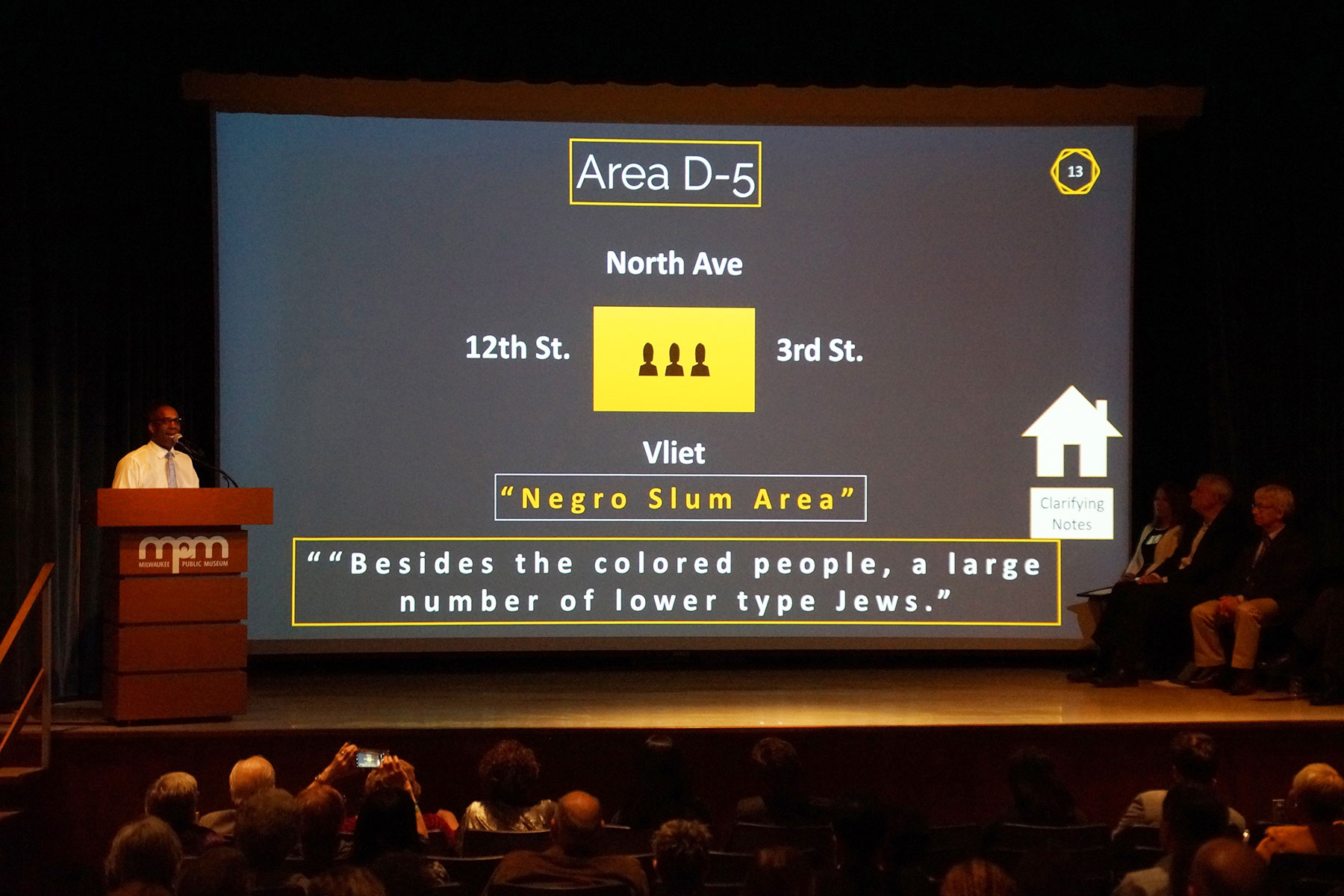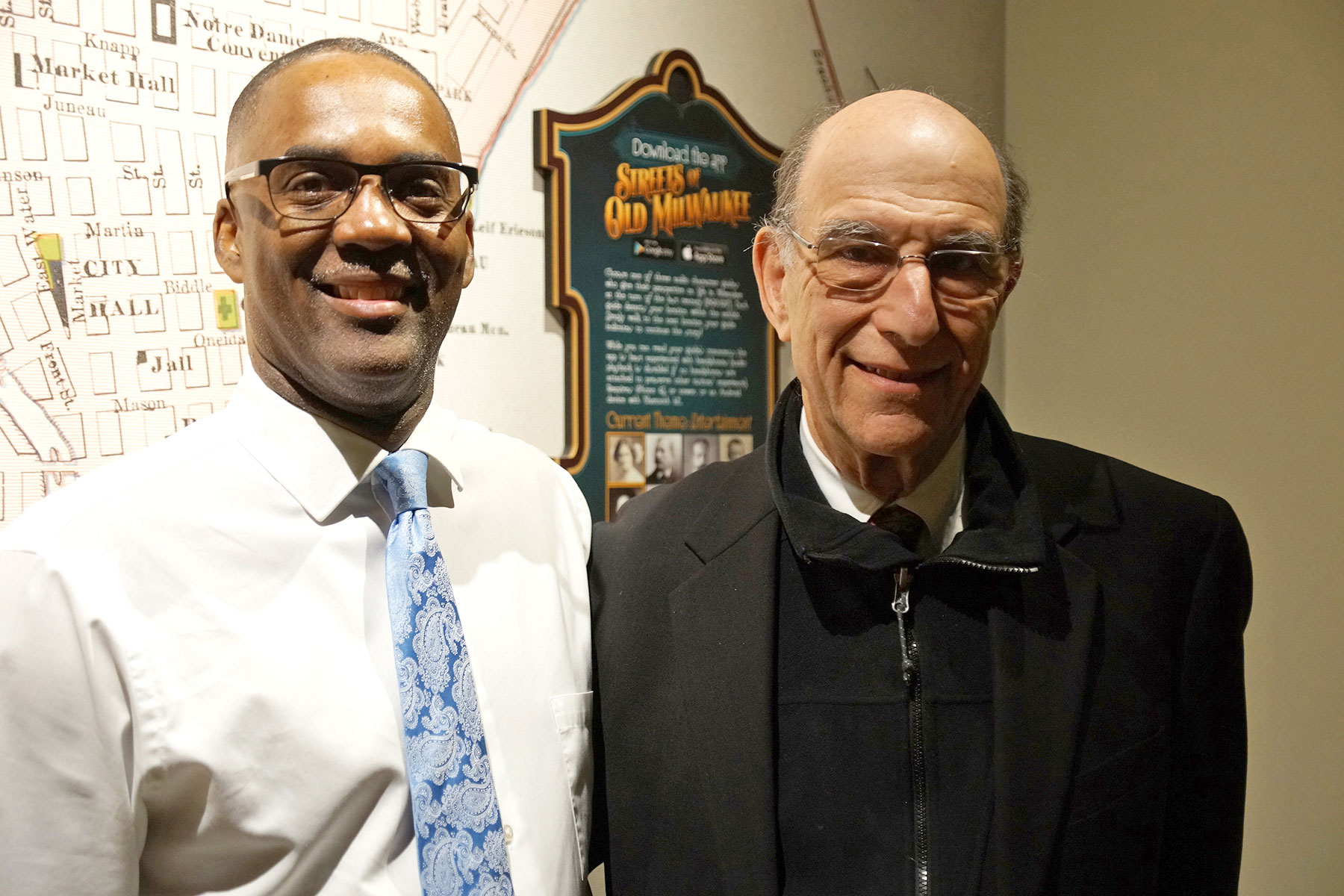
To commemorate its first decade and outline the roadmap for the next ten years, Community Advocates Public Policy Institute hosted a special night at the Milwaukee Public Museum on April 26.
Community Advocates formed the Public Policy Institute (PPI) in 2008 to address the root causes of poverty. The organization wanted to prevent clients from needing their services and, in effect, put themselves out of business.
On its 10th Anniversary, the Public Policy Institute held a gathering that featured keynote speaker Richard Rothstein. The acclaimed author of The Color of Law: A Forgotten History of How Our Government Segregated America, was a finalist on the long list for the National Book Award for nonfiction in 2017.
Providing a local perspective on housing segregation in Milwaukee was Reggie Jackson, a local historian, Head Griot of America’s Black Holocaust Museum, and award winning columnist for the Milwaukee Independent.
As part of the program, Milwaukee Mayor Tom Barrett awarded the Public Policy Institute with a proclamation from the city. Senior Fellow at PPI, David Riemer was also honored for his longstanding dedication and service to the organization. Author of “The Prisoners of Welfare,” Riemer has been active for many years in reshaping Wisconsin and U.S. policies on welfare, poverty, health care, and education.
Reggie Jackson presented his introduction speech by explaining the history of redlining in Milwaukee. It was centered around the demographics of Milwaukee County compared with other adjacent counties, and their lack of ethnic diversity.
“If you look at the 19 cities of Milwaukee County, there are only three outside the city of Milwaukee that have an African-American population above five percent,” said Jackson.
Rothstein’s keynote detailed how the United States government used housing policies to create segregation in America, a well known fact that was forgotten in recent years.
“There was nothing hidden about it. The federal government pursued two important policies in the mid-20th century that segregated metropolitan areas. One was the first civilian public housing program which frequently demolished integrated neighborhoods in order to create segregated public housing,” said Rothstein. “The second program that the federal government pursued was to subsidize the development of suburbs., It was done on a condition that they be only sold to white families, and that the homes in those suburbs had deeds that prohibited resale to African-Americans.”
Working together, these two policies segregated metropolitan areas that had never been segregated, and in ways that would not have been possible otherwise. Rothstein observed that even though segregation in buses, restaurants, and schools has been addressed through legislation and litigation, neighborhood segregation had not. Instead, it has been allowed to persist and is accepted as an intractable problem in a way the other issues were not.
He argued this was due to a widely-held false belief that neighborhood segregation was the result of individual racist decisions to live in homogeneous communities, rather than the result of deliberate government policies designed to segregate metropolitan areas.
One example of government-sanctioned segregation was implemented by the Federal Housing Administration (FHA). The FHA initially subsidized the construction of housing and suburban development for the white population while supporting policies such as redlining, which instructed banks to limit or deny loans to African Americans in many communities.
“By the time the Fair Housing Act came along in 1968, all it could do was prohibit future discrimination,” said Rothstein. “But the patterns of segregation had been firmly established. Simply passing a Fair Housing Act did not enable African-Americans who were previously living in urban areas to relocate to the suburbs from which they’d been excluded.”
Rothstein noted that the legislation could not reverse the structure of inequitable conditions that had been in place for decades.
“On average, African-American incomes today are about 60% of average white incomes. But African-American wealth is about 5% of white wealth,” added Rothstein. “Most middle-class families in this country gain their wealth from the equity they have in their homes. So this enormous difference between a 60% income ratio and a 5% wealth ratio is almost entirely attributable to federal housing policy implemented through the 20th century.”
© Photo
Lee Matz



